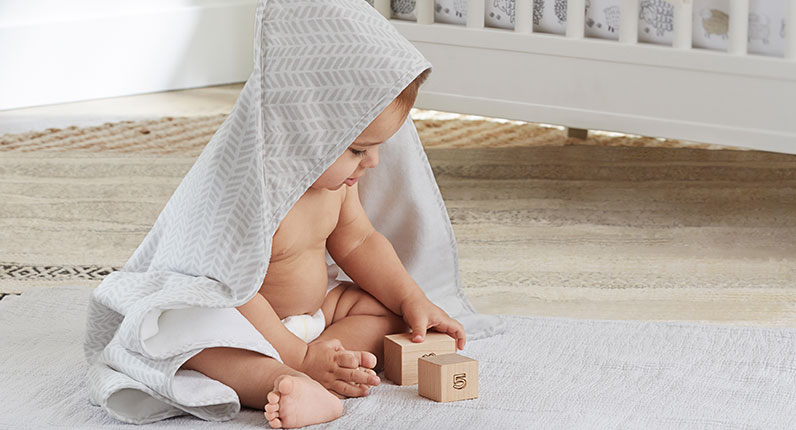How to Distinguish and Avoid Harmful Chemicals in Your Home
As a parent, you do everything you can to keep your child safe and healthy. But what you may not know is that many products you have around your household could be putting your child at risk for numerous health problems. Some of the items you use each day contain toxins that have been linked to everything from asthma to cancer. How can you be aware of these chemicals in the future? Start by identifying which items contain some of the most harmful chemicals by searching each room in your home for products that contain noxious ingredients.

The first chemical on the list is BPA, a chemical that happens to be a synthetic form of estrogen and can lead to problems like infertility, breast cancer, reproductive system cancers and behavioral complications among children. BPA is most commonly found in canned foods. Try to go fresh when you have a craving for green beans or corn, and consider ditching any canned goods you have stocked up in your pantry. Believe it or not, BPA is also used in the coating on receipt paper.
More dangerous chemicals to watch out for in products used in your home are phthalates. These are chemicals used in plastics, such as PVC pipe. They have been known to increase the risk of diabetes, interrupt both male and female reproductive processes and cause early puberty in girls. Unfortunately, phthalates may be found in several household products, especially if they have added fragrances or are marked with the recycling label. Some items you find them in are:
- Perfumes
- Cosmetics
- Shower curtains
- Rain coats
- Food packages
- Plastic toys
- Vinyl flooring
- Some vinyl or plastic clothing
- Vinyl or plastic building materials
PFCs are chemicals used to prevent items from staining or sticking. They are most commonly found in non-stick cookware and are thought to cause breast cancer, kidney problems and harm to the immune system. Items that may contain PFCs include:
- Stain-resistant sofas
- Carpeting
- Waterproof clothing
- Mattresses
Fire retardant chemicals may seem like a good thing, but some of them can actually lead to thyroid problems, infertility and problems with motor skills and memory in children. You may find these in:
- Older furniture
- Carpet padding
- Baby bedding
- Pillows
Lead may be found throughout the earth, but too much exposure to it can lead to hearing and vision problems, brain damage, premature birth and developmental problems with fetuses. It is especially dangerous for infants and children. Unfortunately, it can show up practically anywhere, even in your tap water. Some other places where you might find high levels of lead include:
- Cosmetics
- Batteries
- Ceramics
- Paint
- Plumbing materials and pipes
- Beauty products
Formaldehyde is usually thought to be part of embalming fluid, but you may actually find it in some everyday items. It is believed to cause some forms of cancer, irritate the skin and eyes, cause rashes and burn the throat and nose. Some items that could contain formaldehyde are:
- Permanent press clothing
- Drapes
- Furniture made of pressboard
- Baby wipes
- Beauty products
These six chemicals are just a few of the harmful things you may find inside your home. While it’s practically impossible to avoid them all, there are some things you can do to reduce your exposure.
- Buy and eat only organic produce. If you can’t eat organic, buy only fresh and frozen foods and avoid canned goods.
- Avoid beauty products that contain any of the following ingredients: quaternium 15, bronopol, diazolidinyl urea, DMDM hydantoin, imidazolidinyl urea and sodium hydroxymethylglycinate.
- Make your own cleaning products from safer natural materials.
- Avoid any products that contain synthetic fragrances.
- Take your shoes off before you come inside, so you do not track any unknown chemicals into your home.
- Use cloth diapers instead of disposable.
- Use a mask when you clean your carpets.
- Filter your tap water before drinking it.
- Do not use any air fresheners that are not made from natural ingredients.
- Reduce your usage of beauty products and cosmetics.
- Dust and vacuum your home regularly.
- Read labels before purchasing items like clothing, furniture and electronics.
Taking these simple precautions and knowing what to look for can help you select the products that are safest for you and your family.
